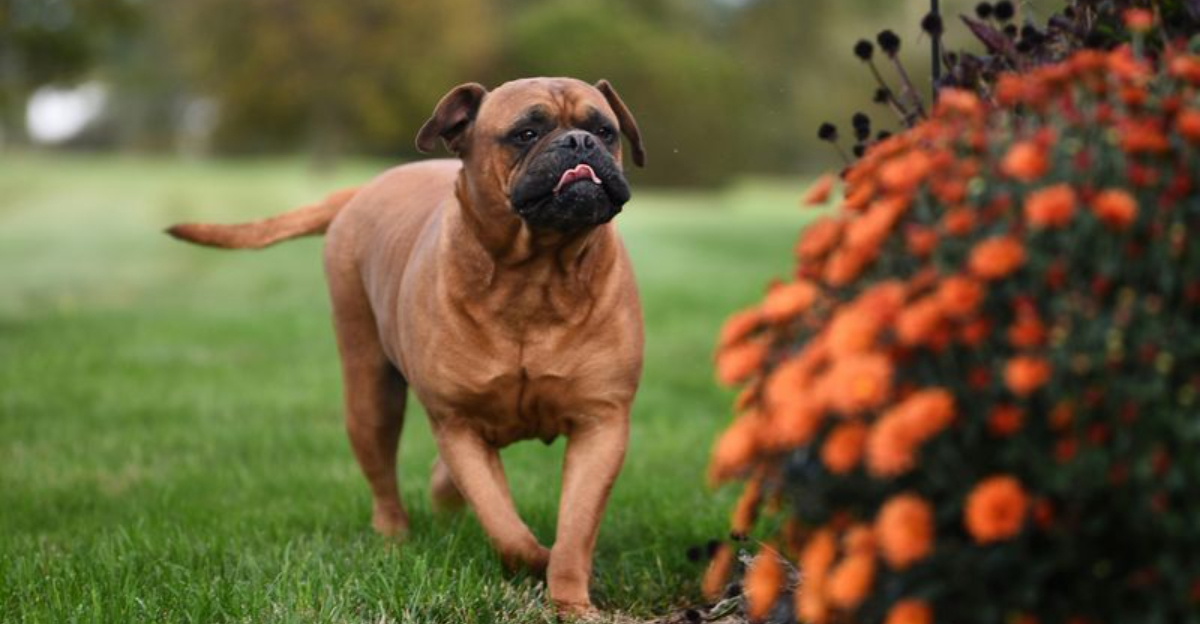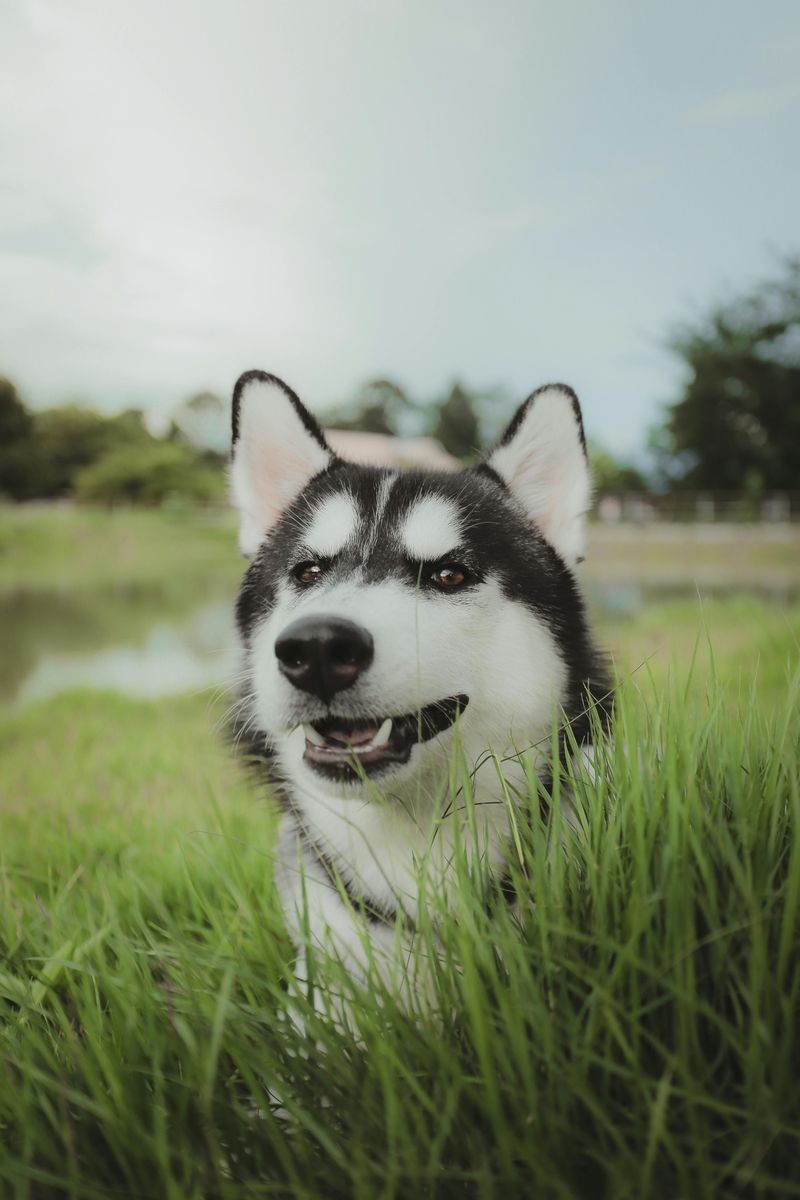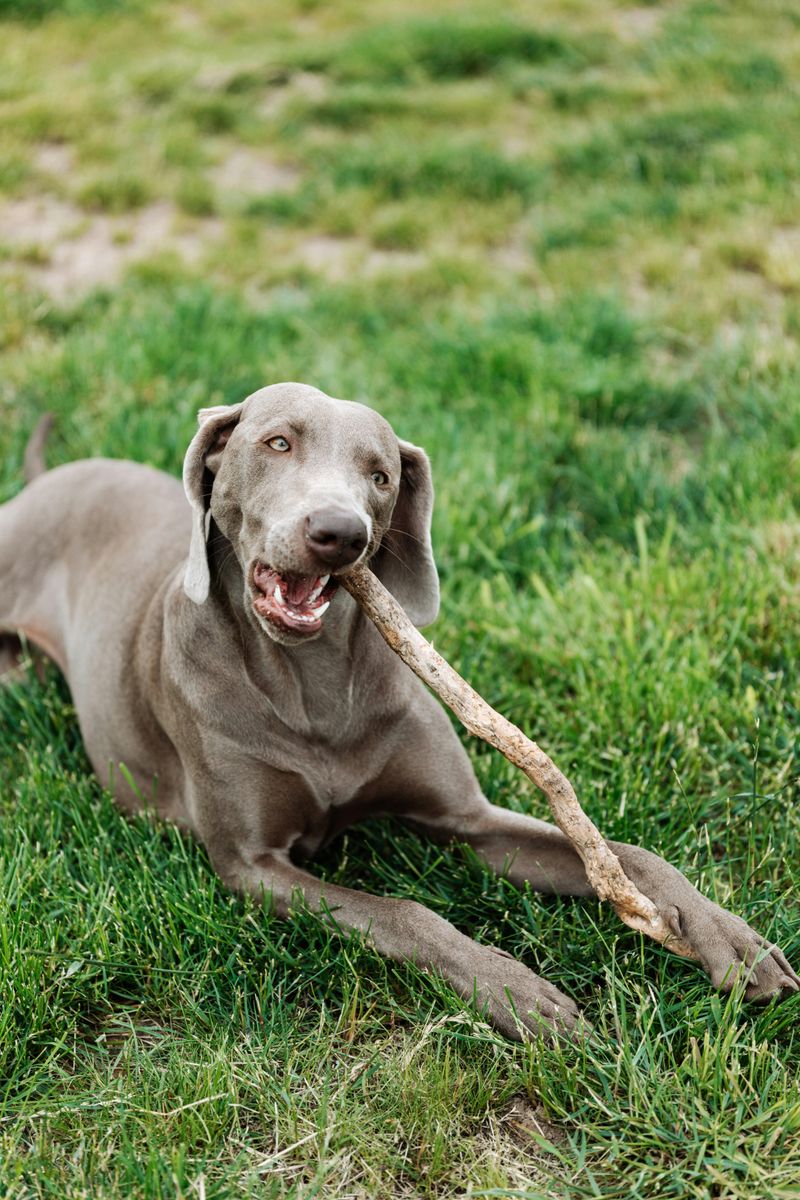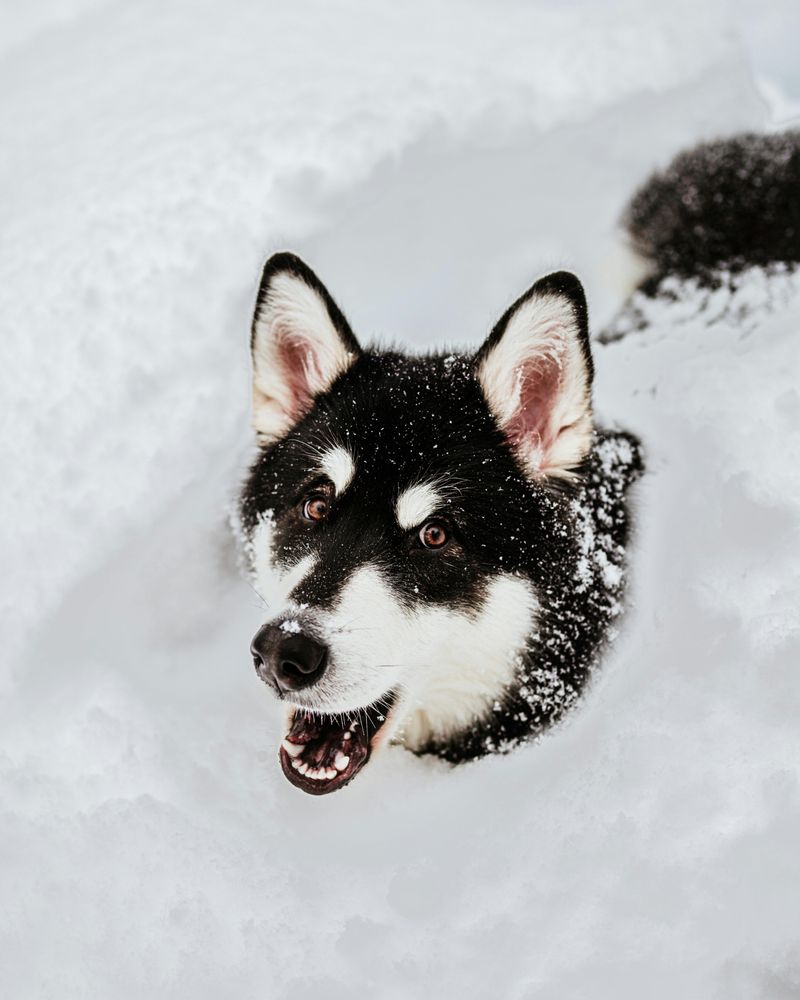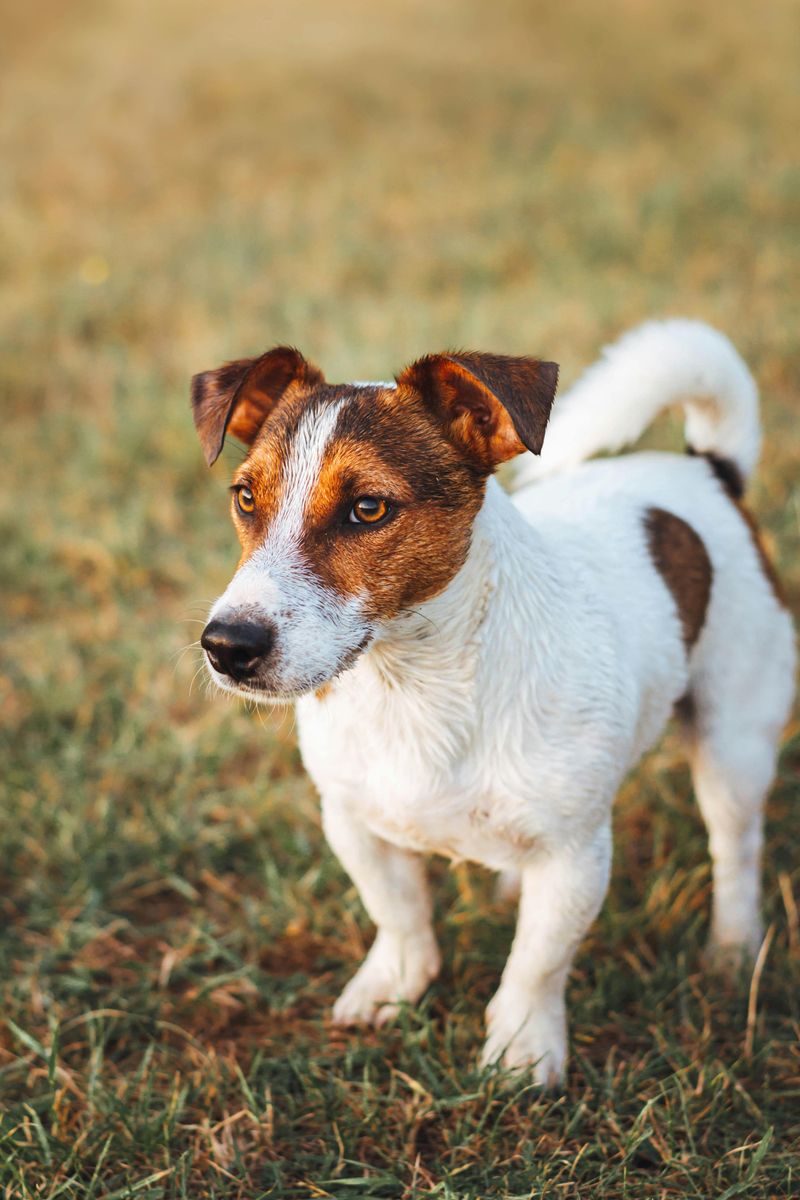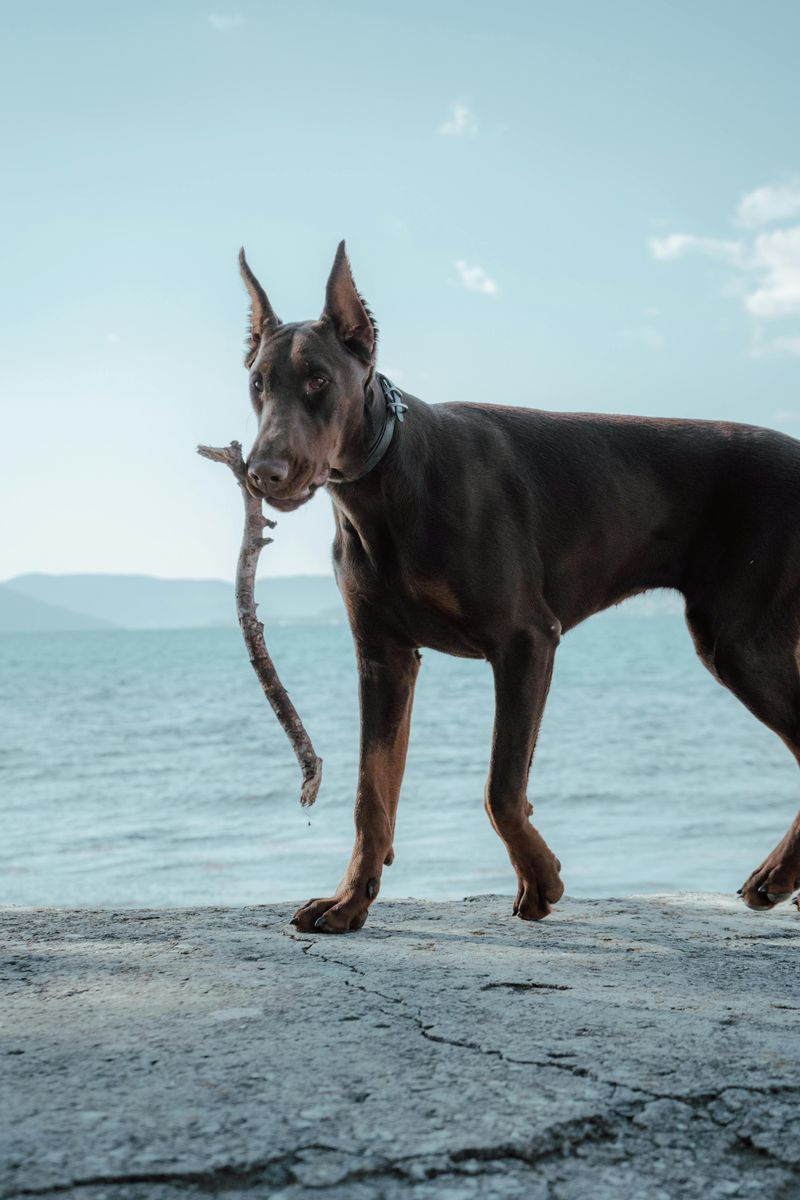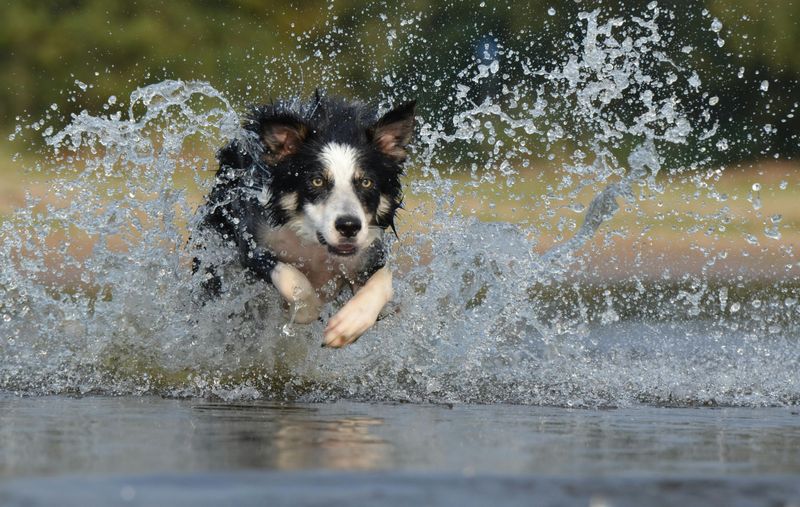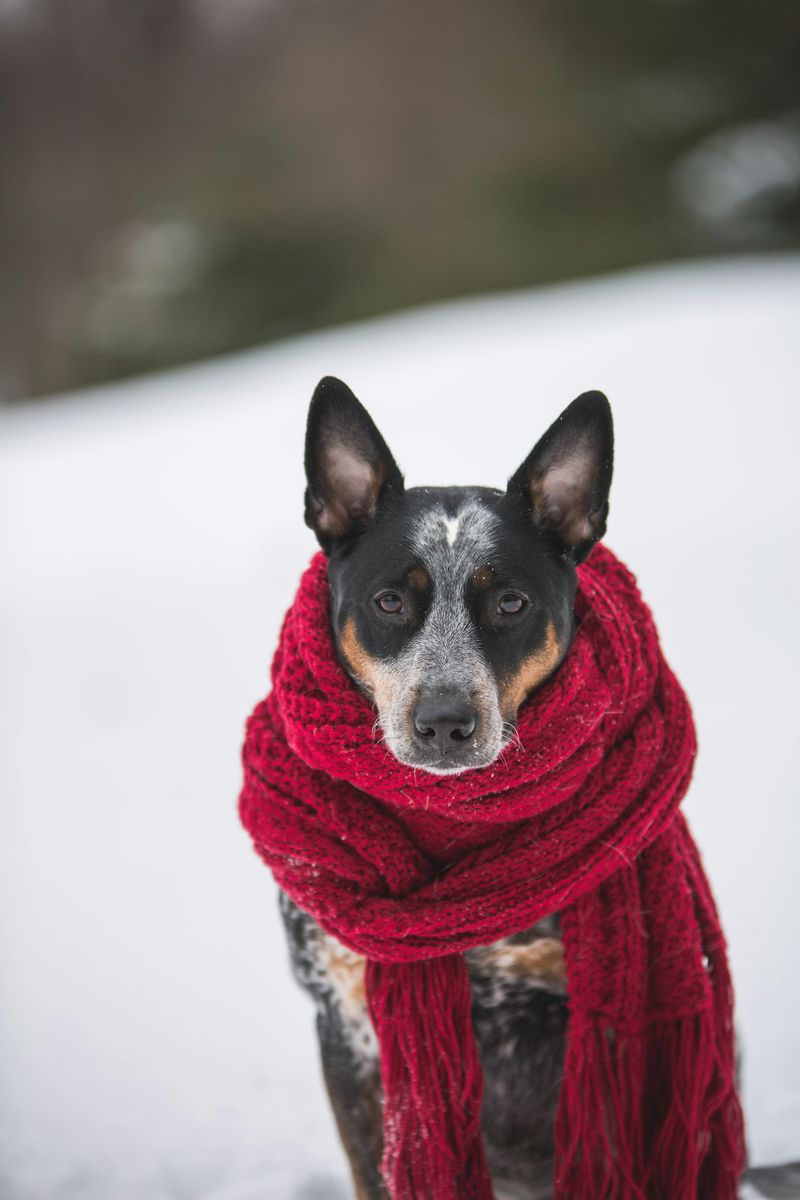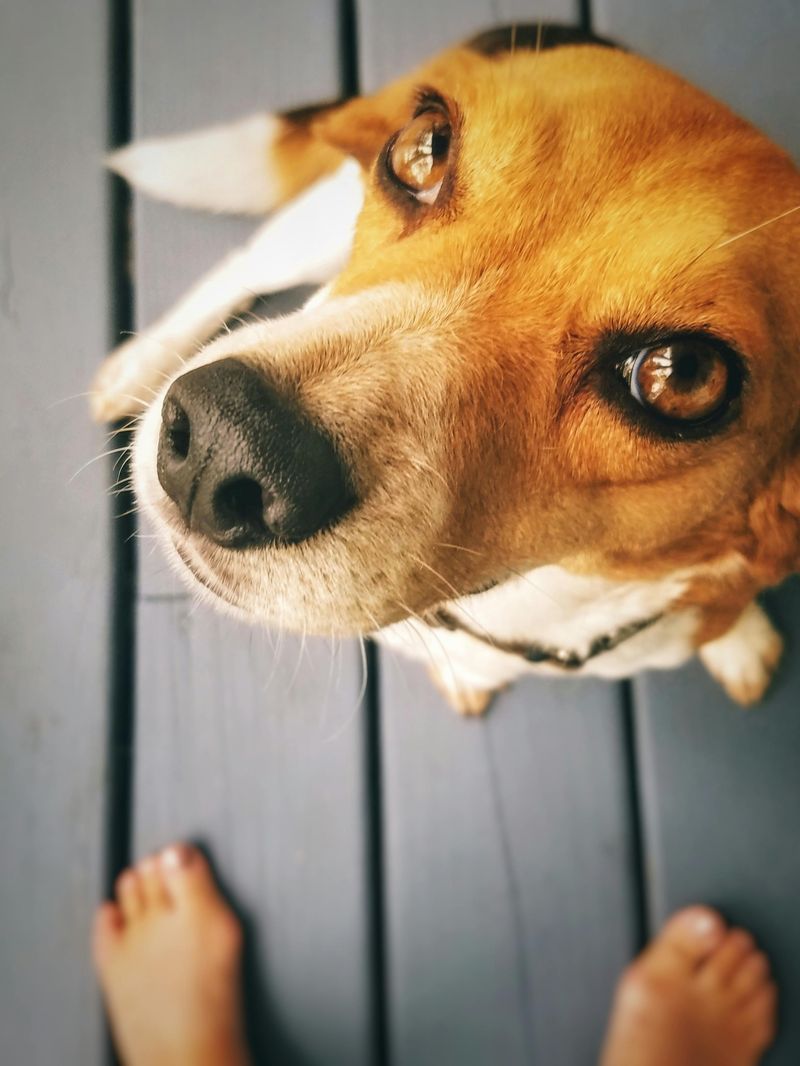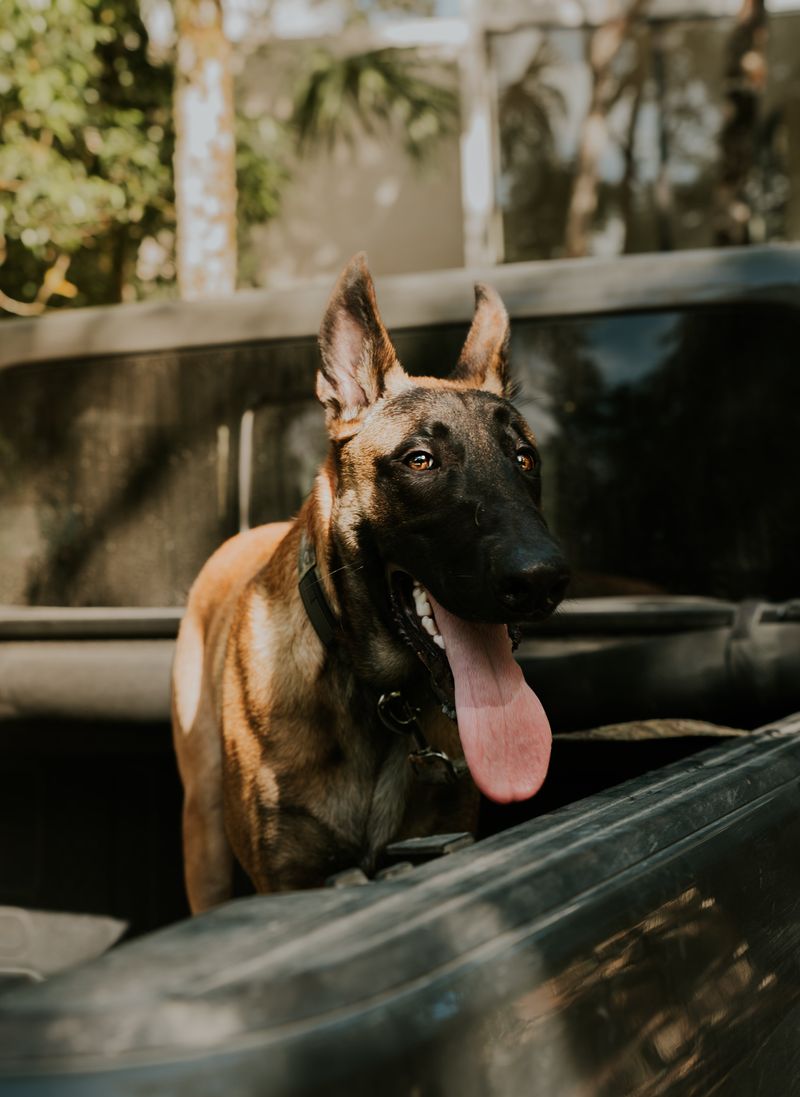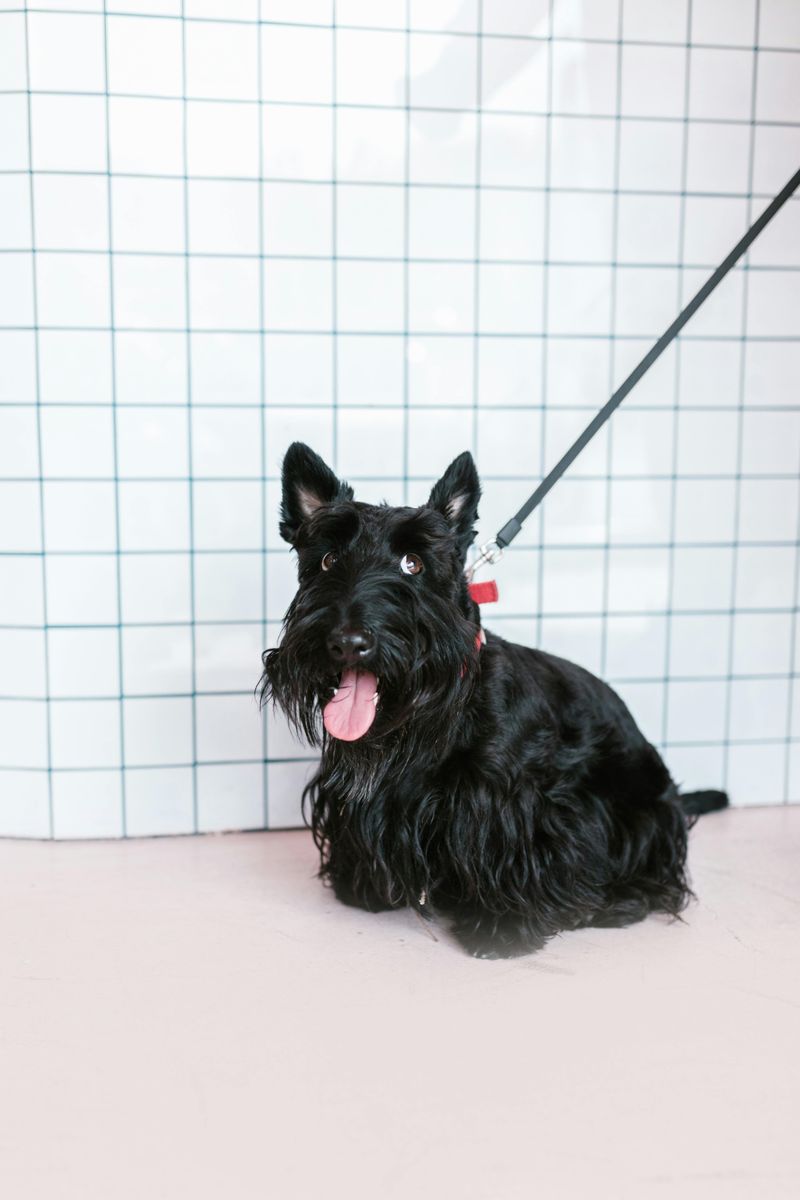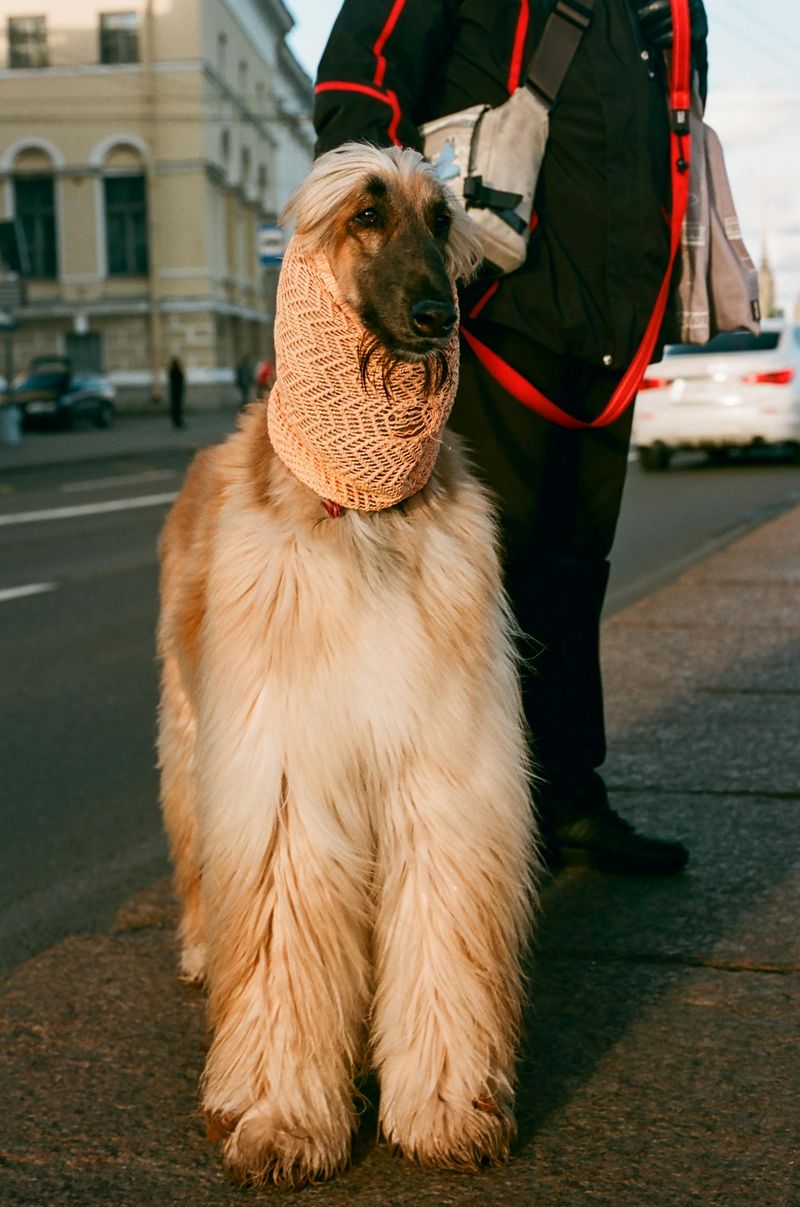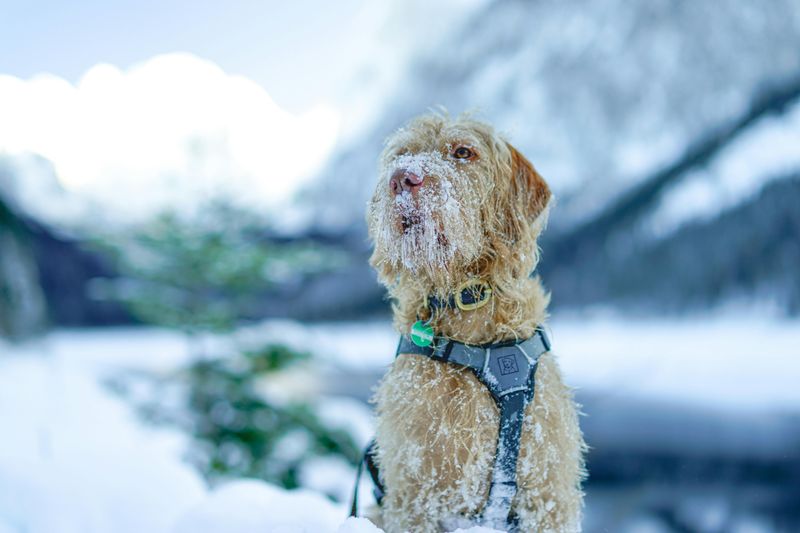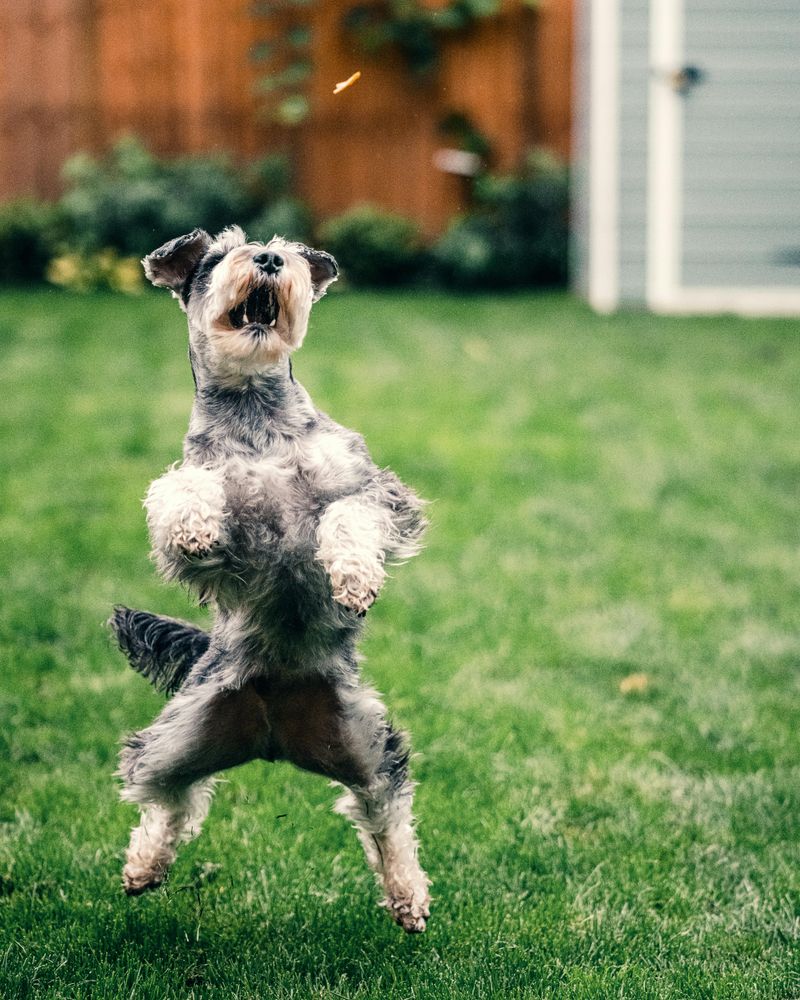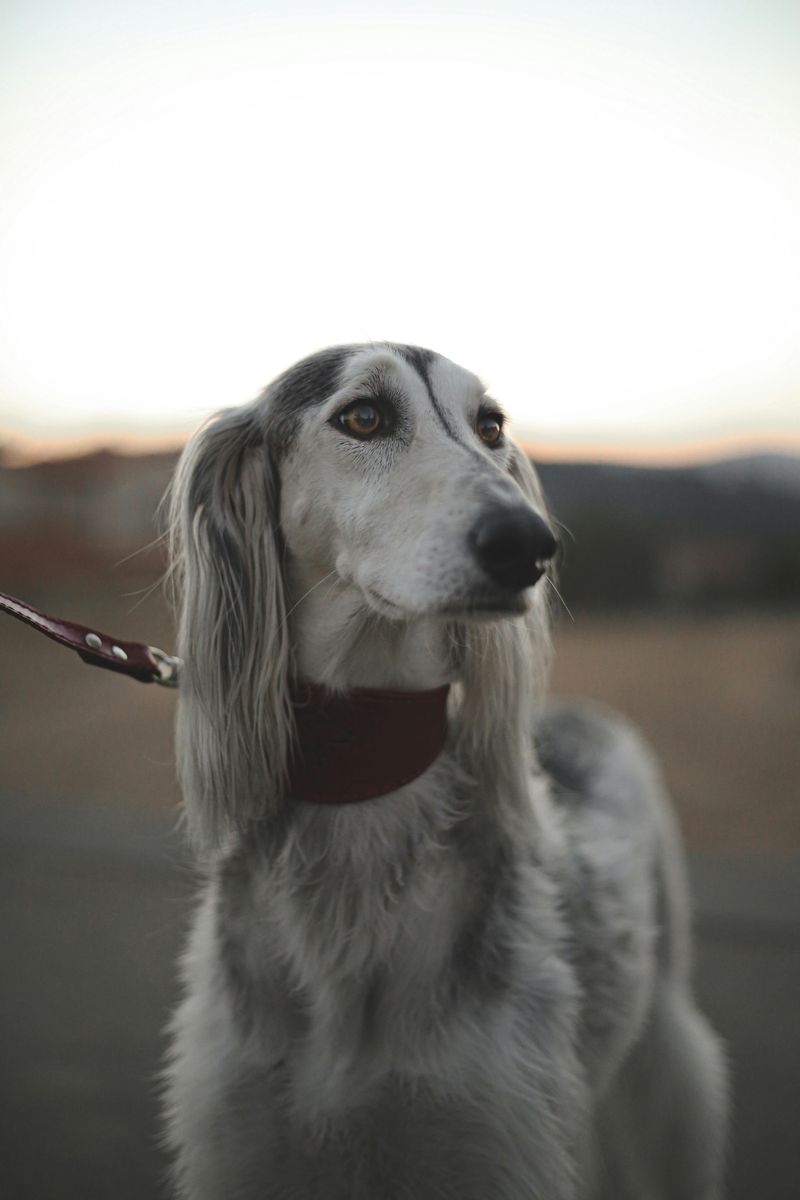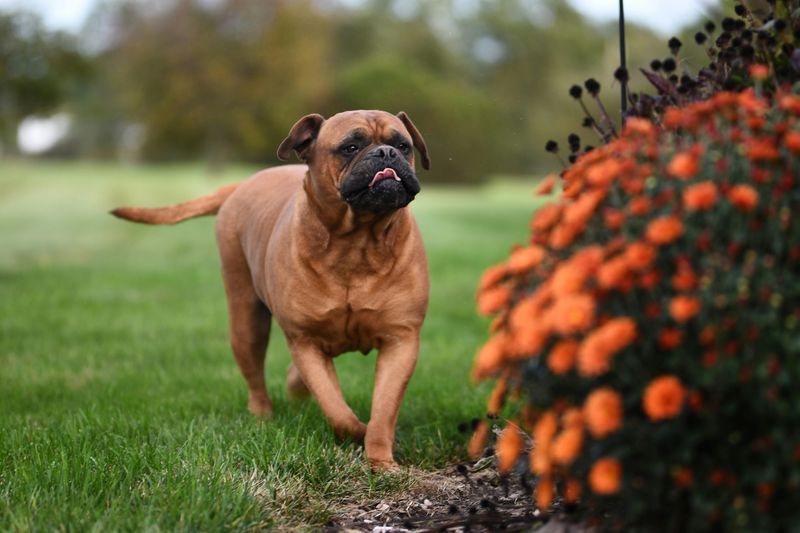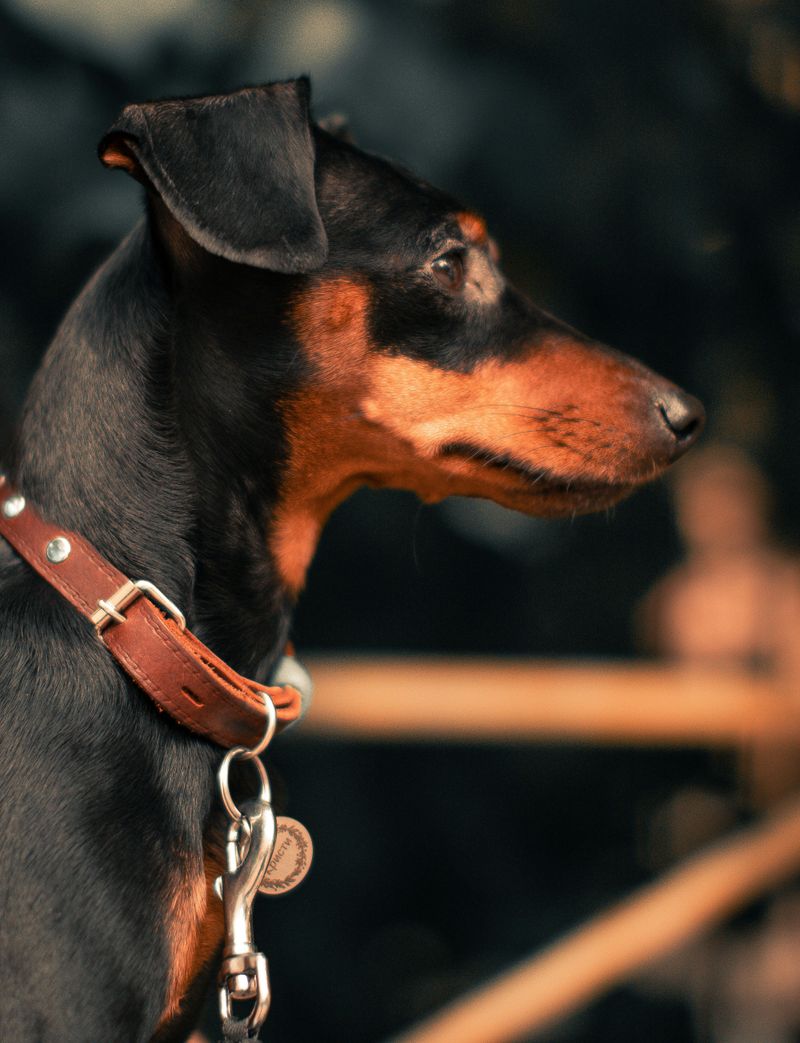📖 Table of Content:
- 1. Siberian Husky
- 2. Greyhound
- 3. Alaskan Malamute
- 4. Jack Russell Terrier
- 5. Weimaraner
- 6. Doberman Pinscher
- 7. Border Collie
- 8. Australian Cattle Dog
- 9. Beagle
- 10. Belgian Malinois
- 11. Scottish Terrier
- 12. Afghan Hound
- 13. Irish Wolfhound
- 14. Miniature Schnauzer
- 15. Saluki
- 16. Bullmastiff
- 17. Manchester Terrier
While dogs and cats can sometimes form close bonds, certain dog breeds may struggle to coexist peacefully with feline companions. Some dogs have strong instincts that drive them to chase, herd, or dominate smaller animals. These natural tendencies can make living with a cat challenging without proper training and socialization.
Breeds with high prey drives often see cats as something to pursue rather than a friend. Similarly, herding breeds may become overly fixated on controlling a cat’s movements, which can cause stress for both pets. Without early introductions and careful management, these instincts can lead to tension in a multi-pet household.
If you’re considering adding a dog to a home with cats, it’s important to choose a breed with a calm temperament and low prey drive. Proper training, supervision, and socialization can sometimes help bridge the gap between species. However, some breeds may always find it difficult to share a space with feline roommates, making careful breed selection essential.
1. Siberian Husky
Siberian Huskies are known for their high energy and strong prey drive. These dogs were bred for pulling sleds in cold climates and have a strong independent nature. Their inclination to chase can be problematic in a household with cats. Huskies often see smaller animals as targets for their playful yet relentless chasing behavior. Due to their pack mentality, they may not respect the boundaries of delicate feline companions. Training and supervision are crucial if a Husky and a cat must coexist, ensuring safety for the cat and peace of mind for the owner.
2. Greyhound
Greyhounds are gentle giants, known for their calm demeanor with humans, but they have a strong instinct to chase, stemming from their history as racing dogs. This urge to pursue anything that moves fast makes them less than ideal companions for cats. While affectionate and loyal to their human families, Greyhounds may not extend the same tolerance to feline members. Harnessing their natural impulses requires consistent training and socialization. Owners should always be vigilant when introducing a Greyhound to a cat, as their quick reflexes and speed can be overwhelming for smaller animals.
3. Alaskan Malamute
These dogs are strong-willed and need firm training to manage their instincts. Malamutes can be unpredictable around smaller animals, including cats, often viewing them as prey rather than companions. Their large size and strength can be intimidating to a cat, making careful management essential. Owners must invest in consistent obedience training and provide ample exercise to curb unwanted chasing behaviors. In homes with cats, vigilance and separation are often necessary to maintain harmony between species.
4. Jack Russell Terrier
They are tenacious and lively with a history of hunting small prey like rodents. Their boundless energy and curiosity make them prone to chasing anything that moves, including cats. These compact yet highly driven terriers require ample mental and physical stimulation to prevent unwanted behavior. If not properly managed, their natural instinct to pounce on small animals can lead to trouble. Owners should ensure a secure environment and consider positive reinforcement training to reduce chasing tendencies. Supervised interactions with cats are crucial in maintaining peaceful coexistence.
5. Weimaraner
Originally bred for hunting, Weimaraners are elegant and athletic dogs with a strong instinct to chase smaller animals. Their intelligence and high energy levels make them eager learners, but they require consistent training and engagement. When living with cats, their natural prey drive can make cohabitation challenging without proper socialization. Early training and exposure to cats can help Weimaraners develop better impulse control. For cat owners, gradual introductions and close supervision are essential in creating a peaceful environment between both pets.
6. Doberman Pinscher
Known for their intelligence, loyalty, and protective instincts, Dobermans may view cats as intruders or prey without proper training. Early socialization is essential to help them develop positive associations with feline companions. Their strong instincts require firm leadership, clear boundaries, and consistent training focused on impulse control. While they can coexist with cats, Dobermans need dedicated owners willing to invest time and effort in creating a structured and harmonious environment.
7. Border Collie
Their herding instinct can become problematic if not properly managed around cats. They may attempt to herd cats, which can be overwhelming and distressing for the feline. These dogs thrive on mental and physical activity, requiring dedicated owners who can meet their needs. Training should emphasize impulse control and respect for the cat’s space. With patience and consistency, it’s possible for a Border Collie and a cat to coexist, but it demands commitment from the owner to maintain harmony.
8. Australian Cattle Dog
Also known as Blue Heelers, these dogs are hardworking and loyal. Their herding instincts can be challenging in a home with cats, as they may try to round up or even nip at them. A structured environment and plenty of exercise are essential to curb their natural tendencies. When introducing them to a cat, it’s vital to supervise interactions closely. With effort, these dogs can learn to respect their feline housemates over time.
9. Beagle
With an adventurous spirit and an exceptional sense of smell, Beagles are naturally curious and energetic companions. However, their strong hunting instincts can make living with cats challenging, as they may relentlessly track or chase them. Proper training and early socialization are essential to help them respect boundaries and integrate into a multi-pet household. As pack animals, Beagles can learn to see cats as part of their family with consistent positive reinforcement and supervision.
10. Belgian Malinois
Belgian Malinois are highly energetic and intelligent, often used in police and military roles. Their drive and focus can make them challenging companions for cats. Without proper training, their natural instincts may lead them to view cats as targets. Early socialization and obedience are vital to ensuring harmony in a multi-pet household. Owners must provide ample exercise and mental stimulation to channel their energy positively. While they can coexist with cats, it requires a dedicated approach to training and management to ensure a peaceful environment for all involved.
11. Scottish Terrier
Independent and tenacious, Scottish Terriers were originally bred to hunt vermin, giving them a strong prey drive. Their instinct to chase can make coexisting with cats challenging without proper training and supervision. Early socialization and firm guidance are essential to help them develop self-control around smaller animals. These intelligent dogs thrive when given structured activities that engage their natural drive. With patience, consistency, and careful introductions, Scottish Terriers can learn to live peacefully with cats, but it requires ongoing effort from their owners.
12. Afghan Hound
Bred for hunting, they may view cats as fair game to chase. Their independent nature means they require patient and consistent training to manage. Afghan Hounds need plenty of exercise to satisfy their instincts, and structured environments help prevent unwanted behaviors. Monitoring interactions with cats is crucial to ensure safety for all parties. While they can adapt to living with cats, it takes careful planning and awareness from the owner to build a harmonious living arrangement.
13. Irish Wolfhound
Irish Wolfhounds are among the largest of dog breeds, known for their gentle disposition but historical hunting background. Their sheer size can be intimidating for cats, and while they are generally good-natured, their instincts may still lead them to chase. Early socialization and training are crucial in managing their behavior around smaller animals. Providing adequate space and exercise can help reduce their urge to chase. Owners must be vigilant and ensure gradual introductions to build trust between an Irish Wolfhound and a cat, fostering a peaceful coexistence.
14. Miniature Schnauzer
Originally bred for ratting, have a strong instinct to chase. Their lively nature and curiosity make them prone to pursuing smaller animals like cats. Consistent training and socialization can help manage their impulses. These intelligent dogs respond well to positive reinforcement, which can be used to teach them boundaries. Owners should provide plenty of mental and physical stimulation to prevent unwanted behaviors. When introducing a Miniature Schnauzer to a cat, supervision and gradual acclimatization are key to ensuring a harmonious relationship.
15. Saluki
Salukis are sleek sighthounds bred for speed and hunting. Their instinct to chase is strong, making them less compatible with cats. Training should focus on recall and impulse control to manage their natural tendencies. Salukis require plenty of exercise to keep them content and reduce the urge to chase smaller animals. Introducing them to cats must be done cautiously, with close supervision to ensure safety. While they can adapt to living with feline companions, it requires a dedicated approach to training and understanding of the breed’s instincts.
16. Bullmastiff
Their dominant personalities can clash with the independent nature of cats. Proper socialization and training are essential to help them recognize cats as family members rather than threats. These dogs need firm leadership and clear boundaries to manage their instincts. Owners should focus on creating a structured environment where both dogs and cats feel secure. With the right approach, Bullmastiffs can coexist with feline friends, but it demands effort and vigilance to ensure harmony within the household.
17. Manchester Terrier
With a history of hunting small animals, Manchester Terriers have a strong prey drive that can make cohabiting with cats difficult. Their intelligence and high energy levels require consistent training to manage instincts and establish boundaries. A structured environment, combined with early socialization, is essential in helping them recognize cats as part of the household. Supervised interactions and positive reinforcement can reduce chasing behavior and encourage peaceful coexistence.
